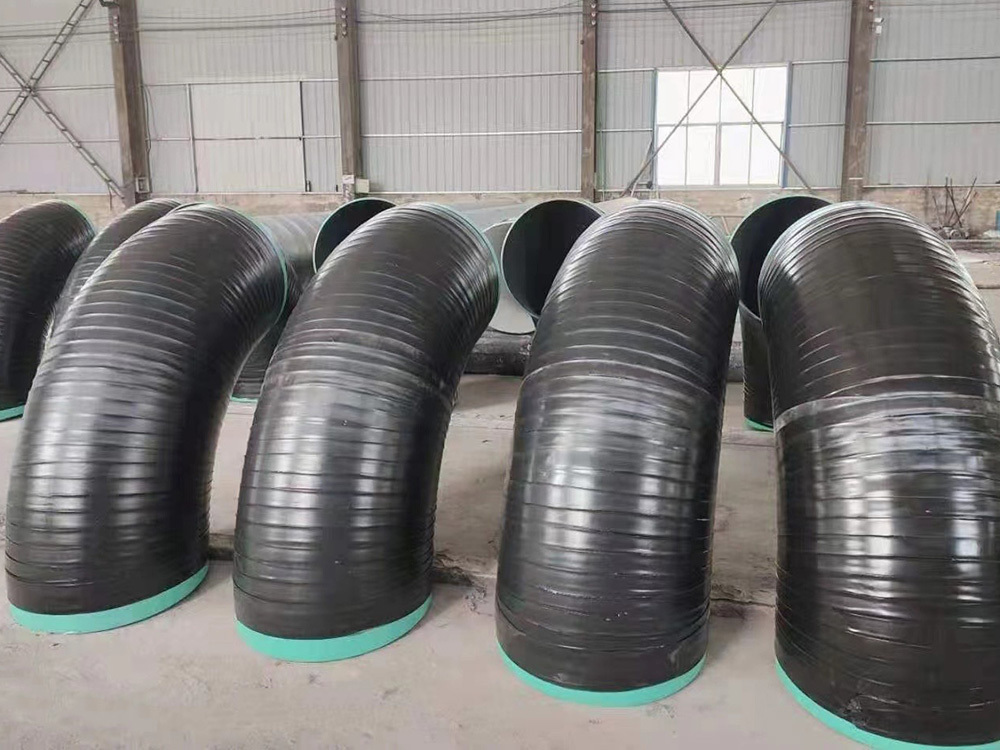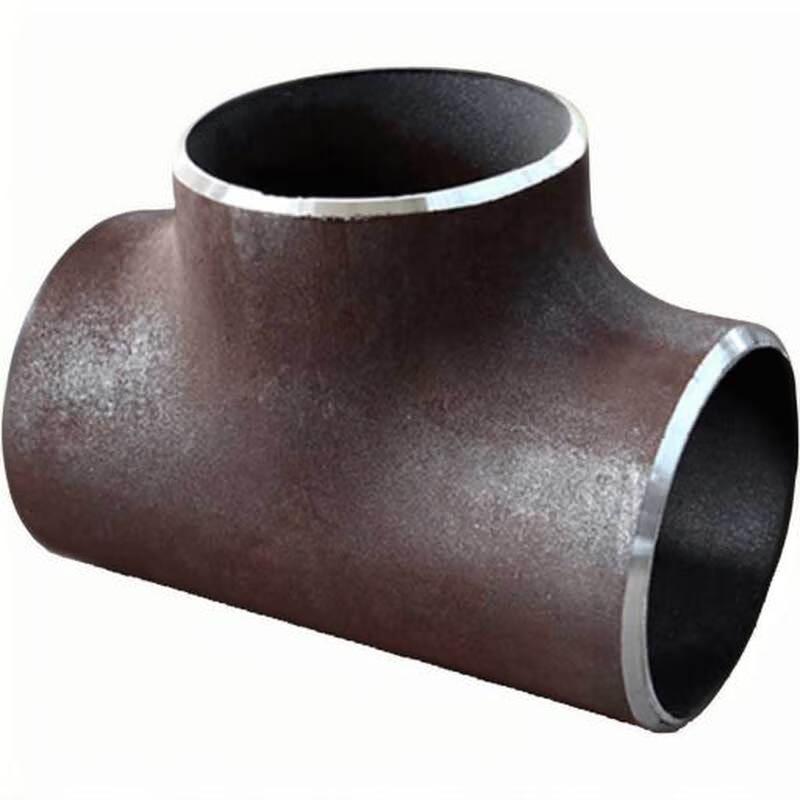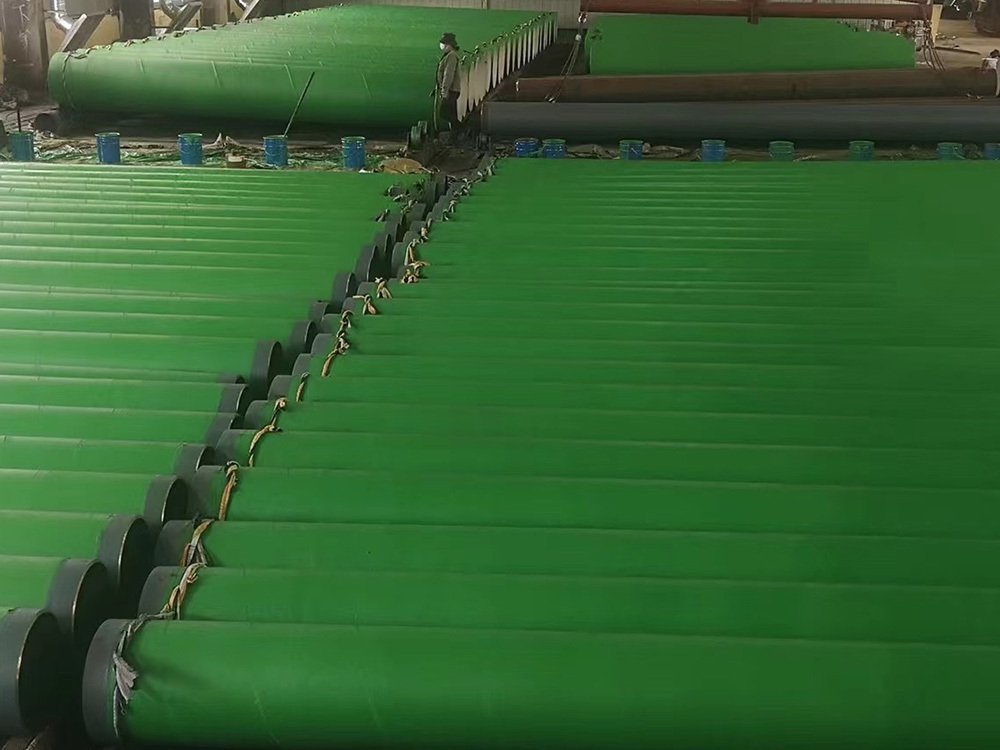Key Features That Make 304L Stainless Steel Elbow a Preferred Choice in Construction and Decoration
2025-10-09

Key Features That Make 304L Stainless Steel Elbow a Preferred Choice
Table of Contents
- Introduction to 304L Stainless Steel Elbows
- What is 304L Stainless Steel?
- Key Features of 304L Stainless Steel Elbows
- Corrosion Resistance
- Mechanical Properties
- Weldability
- Temperature Resistance
- Versatility in Applications
- Benefits of Using 304L Stainless Steel Elbows
- Comparative Analysis with Other Materials
- Installation and Maintenance Tips
- Frequently Asked Questions
- Conclusion
Introduction to 304L Stainless Steel Elbows
In the realm of construction and decoration materials, **304L stainless steel elbows** have emerged as a highly preferred choice for various piping and structural applications. Their unique combination of properties not only ensures durability but also enhances the aesthetic appeal of installations. This article delves deep into the key features of 304L stainless steel elbows, explaining why they stand out in the industry.
What is 304L Stainless Steel?
304L stainless steel is a low carbon version of 304 stainless steel, renowned for its excellent corrosion resistance and weldability. This alloy contains approximately 18% chromium and 8% nickel, making it particularly effective in resisting oxidation and staining. The "L" in 304L signifies its low carbon content, which provides enhanced corrosion resistance, especially in welded structures.
Key Features of 304L Stainless Steel Elbows
304L stainless steel elbows are characterized by several key features that contribute to their widespread use in construction and decoration. Below, we highlight the most significant attributes.
Corrosion Resistance
One of the standout features of **304L stainless steel elbows** is their remarkable **corrosion resistance**. This makes them particularly suitable for harsh environments, such as those involving chemicals or salty air. The chromium content forms a passive layer of chromium oxide on the surface, preventing rust and degradation over time.
Mechanical Properties
The **mechanical properties** of 304L stainless steel include high tensile strength and flexibility. These qualities allow the elbows to withstand internal pressure and mechanical stress without deforming. They maintain structural integrity even under extreme conditions, making them ideal for high-performance applications.
Weldability
Another critical feature of 304L stainless steel elbows is their excellent **weldability**. The low carbon content minimizes the risk of carbide precipitation during welding, which can lead to corrosion in other stainless steels. This property facilitates the joining of pipes and fittings, ensuring a strong and durable bond.
Temperature Resistance
304L stainless steel elbows demonstrate impressive **temperature resistance**. They can function effectively in both cold and hot environments, withstanding temperatures up to 870°C (1600°F) in intermittent service. This makes them suitable for use in a variety of industries, including food processing, pharmaceuticals, and petrochemicals.
Versatility in Applications
The **versatility** of 304L stainless steel elbows is another compelling reason for their popularity. They find applications in various sectors, such as plumbing, sewage systems, and industrial piping. Their ability to be custom-fabricated into different sizes and shapes makes them adaptable to a wide range of project requirements.
Benefits of Using 304L Stainless Steel Elbows
The use of 304L stainless steel elbows offers numerous benefits, which enhance both functionality and longevity.
Durability and Longevity
Due to their combined mechanical and corrosion-resistant properties, 304L stainless steel elbows are incredibly durable. This longevity translates to reduced maintenance costs and the necessity for fewer replacements over time.
Aesthetic Appeal
In addition to functionality, 304L stainless steel elbows provide a sleek and modern appearance. Their polished finish adds a touch of elegance, making them suitable for visible installations in architectural designs.
Cost-Effectiveness
While the initial investment in 304L stainless steel elbows may be higher than alternatives, their low maintenance costs and longevity make them a cost-effective choice in the long run.
Comparative Analysis with Other Materials
Understanding how **304L stainless steel elbows** compare to other materials can provide insights into their advantages.
304 vs. 304L Stainless Steel
While both 304 and 304L stainless steel offer good corrosion resistance, 304L's lower carbon content makes it preferable for welded applications. This quality reduces the chances of corrosion at weld joints, making 304L a better choice in many scenarios.
Stainless Steel vs. Carbon Steel
Carbon steel elbows are less expensive but lack the corrosion resistance of stainless steel. In environments where corrosion is a concern, 304L stainless steel elbows will outperform carbon steel options, making them a more reliable choice in the long term.
Plastic vs. Stainless Steel Elbows
Plastic elbows may be lighter and cheaper, but they cannot match the strength and high-temperature capability of stainless steel. In applications where durability and temperature resilience are crucial, 304L stainless steel elbows are superior.
Installation and Maintenance Tips
To ensure optimal performance, proper installation and maintenance of 304L stainless steel elbows are essential.
Installation Guidelines
- Ensure the piping system is clean and free of debris before installation.
- Use appropriate fittings and avoid over-tightening to prevent damage.
- Consider using a qualified technician for welding to ensure quality joints.
Maintenance Best Practices
- Regularly inspect for signs of corrosion or damage.
- Clean the elbows with non-corrosive agents to maintain their finish.
- Ensure that any environmental factors, such as humidity, are managed to prevent corrosion.
Frequently Asked Questions
1. What is the difference between 304 and 304L stainless steel elbows?
304L has a lower carbon content than 304, making it more resistant to corrosion, especially at welded seams.
2. Are 304L stainless steel elbows suitable for high-temperature applications?
Yes, 304L stainless steel elbows can withstand high temperatures, making them ideal for various industrial applications.
3. How can I maintain my 304L stainless steel elbows?
Regular inspections and cleaning with non-corrosive agents are recommended for maintenance.
4. Can 304L stainless steel elbows be welded?
Yes, they have excellent weldability due to their low carbon content, which minimizes the risk of corrosion.
5. What industries commonly use 304L stainless steel elbows?
They are widely used in food processing, pharmaceuticals, petrochemicals, and construction industries.
Conclusion
In conclusion, the **key features of 304L stainless steel elbows**—including their corrosion resistance, mechanical properties, weldability, and versatility—make them a preferred choice in the construction and decoration industries. When selecting materials for your projects, consider the long-lasting benefits of 304L stainless steel elbows to ensure quality, durability, and aesthetic appeal. By choosing these high-quality fittings, you can enhance the reliability and appearance of your installations, making them a wise investment for any construction endeavor.
Blog
Key Features That Make 304L Stainless Steel Elbow a Preferred Choice in Construction and Decoration
Key Features That Make 304L Stainless Steel Elbow a Preferred Choice
Table of Contents
Introduction to 304L Stainless Steel Elbows
What is 304L Stainless Steel?
Key Features of 304L Stainless Steel Elbows
Corrosion Resistance
Mechanical Properties
Weldability
Temperature Resistance
Versatility in Applications









